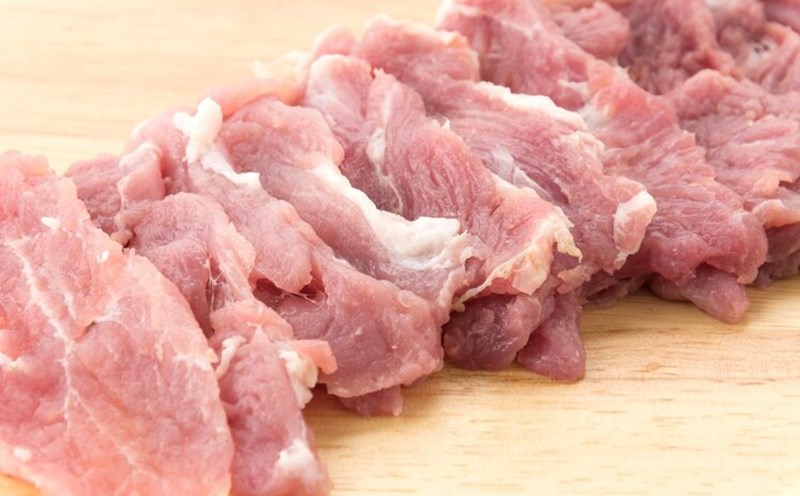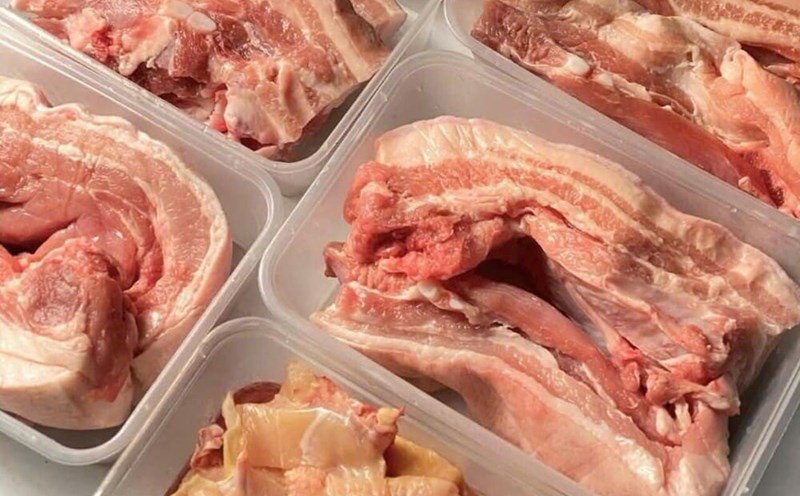Pork is a food source rich in protein, B vitamins and essential minerals, often found in Vietnamese family meals.
With a busy lifestyle, many people have the habit of buying meat in large quantities to store in the refrigerator. However, if stored incorrectly, the meat is likely to dry, sticky, lose flavor and reduce nutritional value. Food experts recommend that just by following some of the principles below, you can keep the meat fresh and safe.
Divide the meat before freezing
After buying, the meat should be divided into equal parts for each meal. Do not freeze large blocks, because defrosting and re-freezing will dehydrate the meat, change the structure of muscle fibers and easily infect microorganisms.
Clean processing to reduce the risk of infection
Because meat is often directly exposed to air and dirt at the counter, before freezing, it should be washed with diluted salt water to remove bacteria that stick to it. Then, rinse with clean water.
Trim dried meat to avoid "cold burning"
The meat needs to be completely dried with a clean paper towel before freezing. If there is still water, when ice freezes, the ice crystals form, which will break the muscle fiber structure, making the meat less firm and reducing the flavor after processing.
Apply cooking oil to create a protective layer
A thin layer of cooking oil covers the surface of the meat to create a "shield" to prevent direct contact with the air, helping to keep moisture and maintain the softness of the berries. Oil at low temperatures can freeze but does not crystallize like water, so it does not damage the structure of the meat.
full and vacuum-packed
After being oiled, the meat should be wrapped in a food wrap, put in an airbag or wrapped in a layer of foil. Removing the air helps prevent the formation of frost and limit the oxidation process, thereby preserving the meat longer.
The right scientific way to preserve and defrost
Storage: The steamer has been sealed in a covered box, placed in a stone compartment. Pork can be stored for 3 - 6 months, but to preserve all nutrients and flavor, it should be eaten for 1 - 2 months.
Defrost: moved the meat from the ice pack to the refrigerator compartment and left overnight to gradually defrost. If needed quickly, you can soak it in cold water with less salt or vinegar to inhibit bacteria. Absolutely do not soak in hot water, because high temperatures cause the surface of the meat to cook again while the inside is still stiff, leading to uneven cooking.
Proper preservation not only helps meat retain its delicious flavor but also reduces the risk of food insecurity. In addition, defrosted meat should not be re-frozen. When cooking, it is necessary to cook thoroughly to remove potential bacteria, protecting the health of the whole family.












